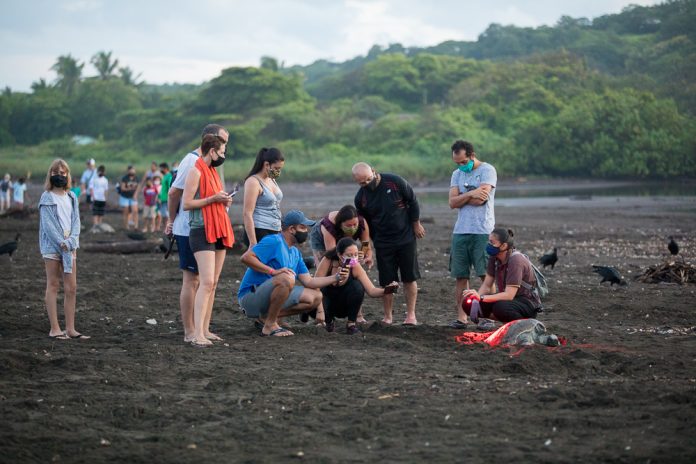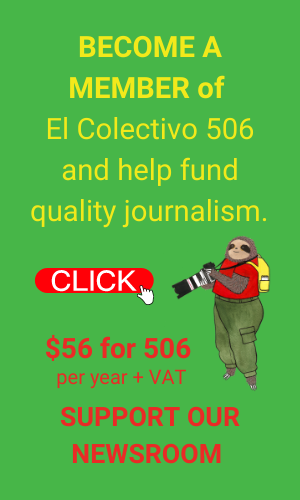You’ve already decided to visit Costa Rica. You’ve set your dates and bought your plane tickets. Now it’s time to ask yourself: what tours should I do in Costa Rica? And what guide or tour company should I hire?
Costa Rica is a tourism destination that offers activities for all tastes and levels. They range from adventure tours for young children, such as a cave tour in Barra Honda National Park, or diving tours for experienced underwater explorers in the recently enlarged Cocos Island National Park. Just as there are a variety of activities, there are a variety of operators and communities offering the service. So how do you know who to work with? Just as you did when starting to research your trip, you can ask yourself the question of where to invest our tourism dollars so that our trip has a positive impact on the country.
El Colectivo 506 consulted various tour guides and experienced tour operators. From their comments, we present some key questions you can ask to help you make an informed decision.
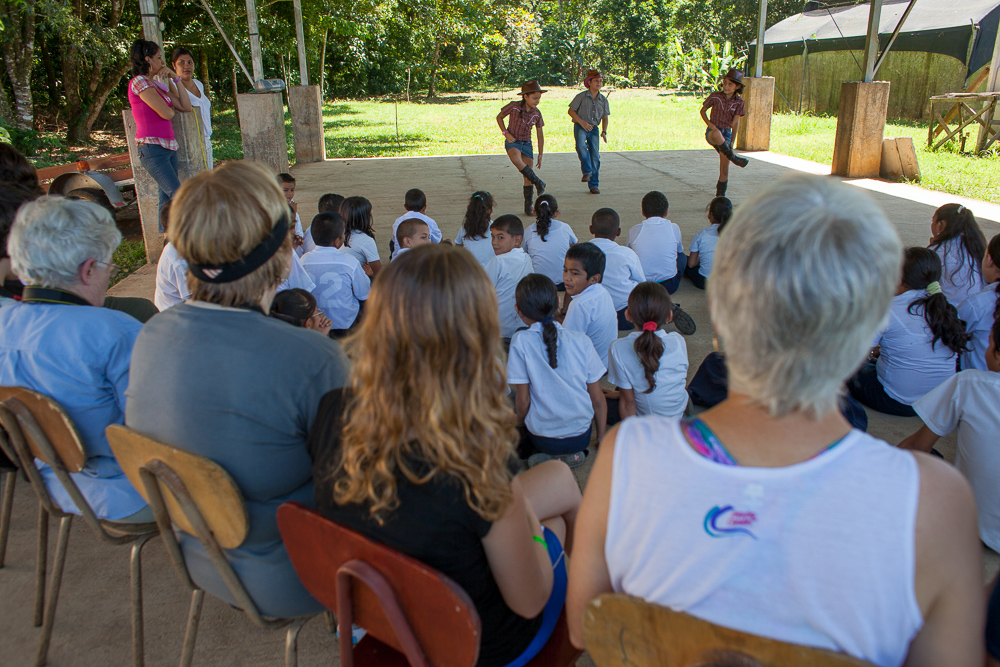
What questions should you ask to choose a tour in Costa Rica?
Cristian Gamboa is from Turrialba and has worked as an independent tour guide for more than 10 years. In general, Cristian considers it important that any visitor to Costa Rica consider the size of the lodgings and tourist attractions that they visit.
“That these are small to medium, in the hands of local people, instead of hotel chains,” says Cristian.
But when it comes to specific activities, Cristian proposes a series of important questions.
“It would be good to know what the protected forest area is thanks to the development of the activity,” he says. “Another is if they have any policy or program to join biology corridors, do environmental education, etc.”
If the tourist activity has this type of practices or programs, they will make it visible on their sites and networks, but it is still important to ask for more details. Now, when the operations are smaller and in the hands of local people, it is common for them to have a protected area or to participate in this type of conservation project, but this information is not on the websites or social networks of the activity, simply because they have not seen the importance of communicating it, that is why it is important to ask.
“The most important thing is that the activity has to be focused on preserving the environment, where environmental impacts are minimized,” says Alex Álvarez Rojas, an independent certified guide belonging to the ACOGUITUR guides association. “Also the economic development of the community where everyone benefits.”
When it comes to environmental protection, Alex says that the signs that tourism activity has a positive impact can be specific certifications (such as those we’ve reported on at El Colectivo 506) or the visible implementation of recycling programs, or gray water collection. Travelers can also simply avoid tours with a direct and negative impact on the environment “such as a quad bike tour, which erodes the land a lot.”
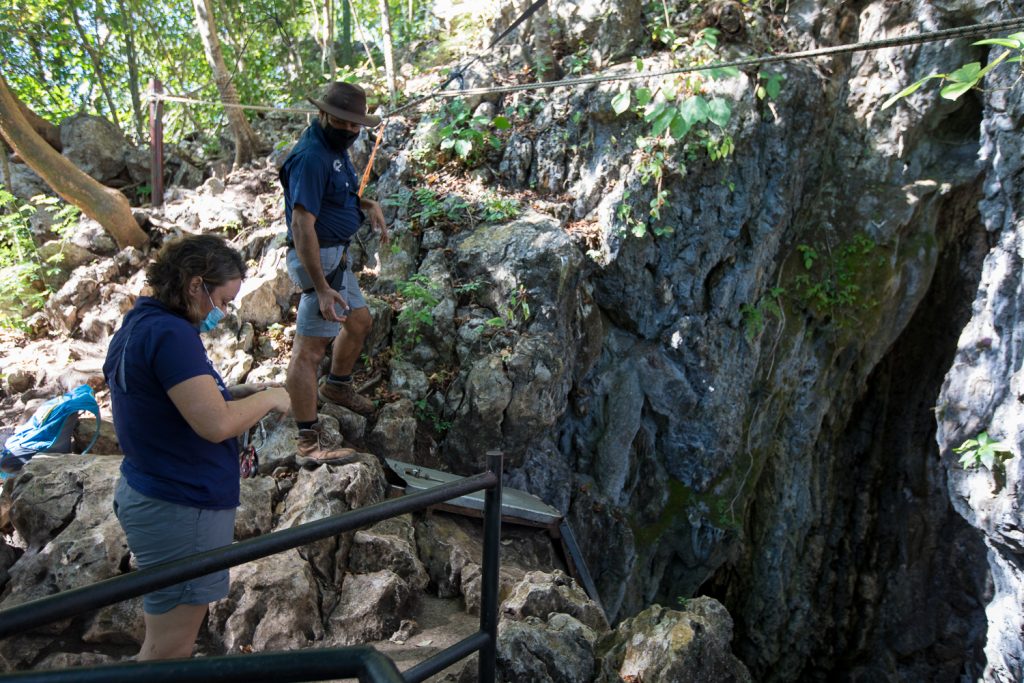
“Before taking a tour, a tourist should ask themselves what and who benefits from their visit,” says Yenys Baltodano Díaz, a local guide from Barra Honda.
“In Barra Honda, when tourists enter the cave, they pay three items: one that goes to a state fund, another that goes to the guides’ association, and another that goes to a foundation that invests that money in the area,” he adds. “Tourists should know where these funds are going and who is going to benefit.”
Andrea Carvajal is also a local guide in Barra Honda and adds that it is important for “the tourist to ask agencies or tour operators before buying the product if it is part of a program that promotes sustainable tourism.” She says tourists can keep an eye out for programs that have “some type of positive impact on communities, in harmony with nature, that provide some kind of socioeconomic contribution to communities. Is the tour developed by women, young people, older adults, and do they promote the cultural aspect of communities?”
Alex agrees with Yenys and says that the best way to know if the tour has a positive impact is to ask questions. “Where does the money raised go? How many people benefit from buying the tour? How is the money distributed?” When it comes to organizations, it is important to know if “there is an economic fund for education and/or training that supports people or relatives of those involved in the activity.
“Lastly, [consider whether] the company that I choose for the tour supports the local market by buying from farmers in the same community, and if a fair price is paid,” says Alex, “If local transportation is used and other [steps ensure] the money reaches the majority of the community, this benefits everyone and ensures more support for that undertaking or tour.”
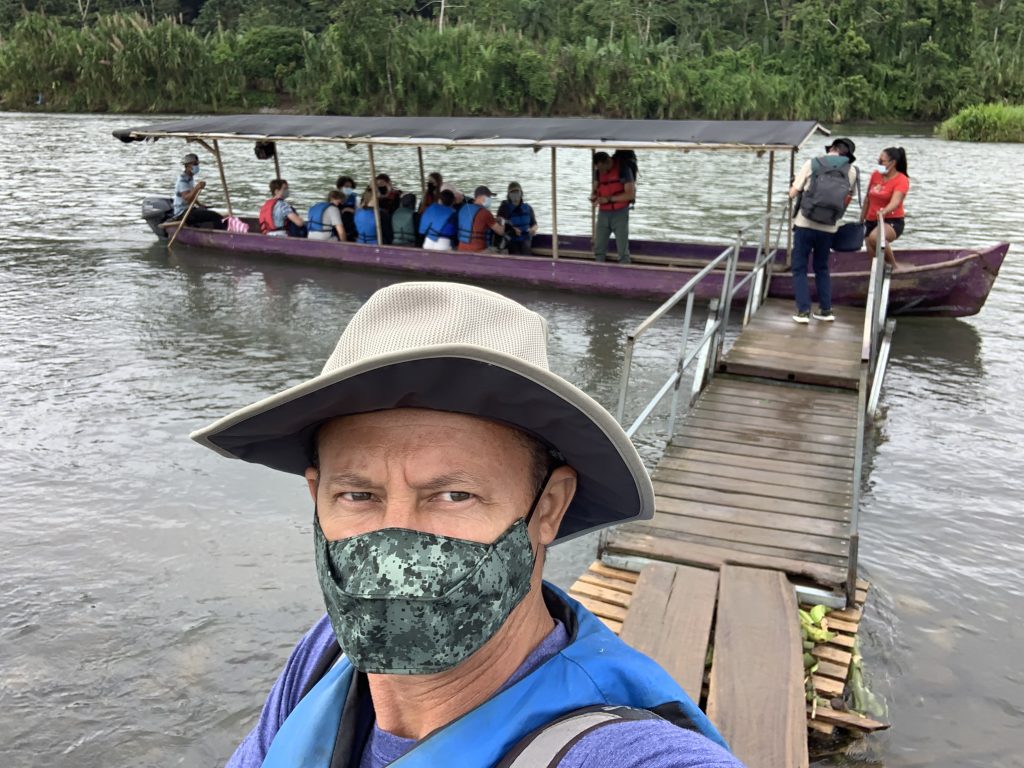
“It is a bit complicated for a tourist who comes on their own to be able to choose [a tourist activity run by] someone who has good practices,” says Norma Aymerich Cubero, who has more than 25 years of experience working in tourism, including directing and development of tour operators, something that has allowed her to be a more conscious tourist. “There is no way to figure it out until you’re already on the tour.”
Norma’s comment is anecdotal, since she recently went on a tour that seemed sufficiently well organized and operated. However, once she was there, she realized that more was needed. The community that received the group is dealing with garbage that the tide brings to its beaches, and under Norma’s experienced eye, it was clear that the community lacks awareness about the importance of promoting cleanliness—as did the tour operator, which had failed to promote proper waste management practices.
“It’s a joint effort,” says Norma. For her, tour operators most ensure that tours comply with quality standards and good practices by carrying out observations and inspections, and considering customer feedback. From there, they must work to ensure that their tourism activities have a positive impact not only on the local economy, but also on the environment and on the life of the community itself.
“Word of mouth and making sure that the operator contacts the right people is where tourists can start, to make sure that they are going to buy tours with people who care about leaving a positive mark on the environment,” concludes Norma.
“I think it is very important to read the reviews of the company to get a deeper understanding of the results of the activities,” says Erick Guzmán, an independent guide with more than 15 years of experience. “I say this because [with some tour operators], what they want is to sell. In the end, they don’t care who buys the tour. We, the guides, end up having to deal with a dissatisfied tourist on a tour that really doesn’t fit them.”

Erick’s comment resonates with the comments of all the guides consulted. It is important that, as tourists, we do our homework: researching as much as we can about who is providing our services, whether they have the appropriate equipment and facilities, and whether the type and difficulty of the tour is appropriate for our physical conditioning and expectations.
“Whenever you take a tour, verify that the guides are certified and accredited guides by the ICT [Costa Rican Institute of Tourism], which is something super important for the safety of the tourist,” adds Alex. Like Erick, he knows firsthand that he has a lot of responsibility on his shoulders: the responsibility to make sure that visitors are not only safe, but also happy.

We are grateful for the support of Travel with Ann Experiential for the travel content in our January edition, “Toolkit 2022.” Ann Becker has been a small business owner throughout her career. With more than three decades of experience in meeting/event management and strategy consulting combined with a passion for travel rooted in deep, mutually beneficial human encounters, in 2005 she began Travel with Ann Costa Rica. For 15 years she created and led more than 40 small group experiential trips in Costa Rica, neighboring countries, and Chile. Today, through Travel with Ann Experiential , Ann is dedicated to supporting and strengthening responsible travel small businesses, nonprofit organizations and industry leaders by forging strategic connections; contributing fresh perspectives; engaging and elevating diverse voices; and strengthening organizational capacity.


